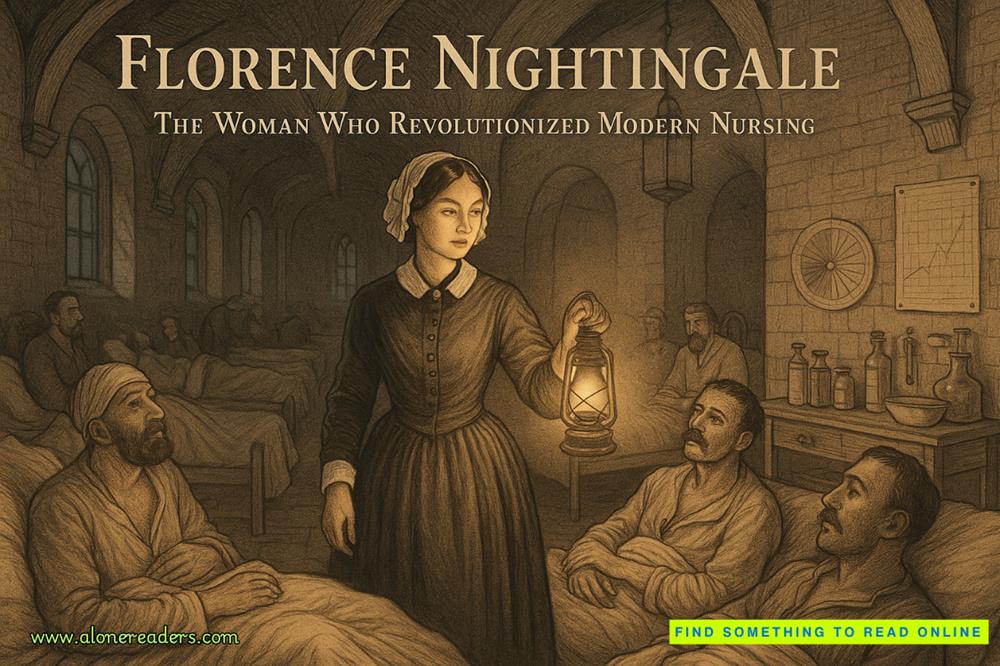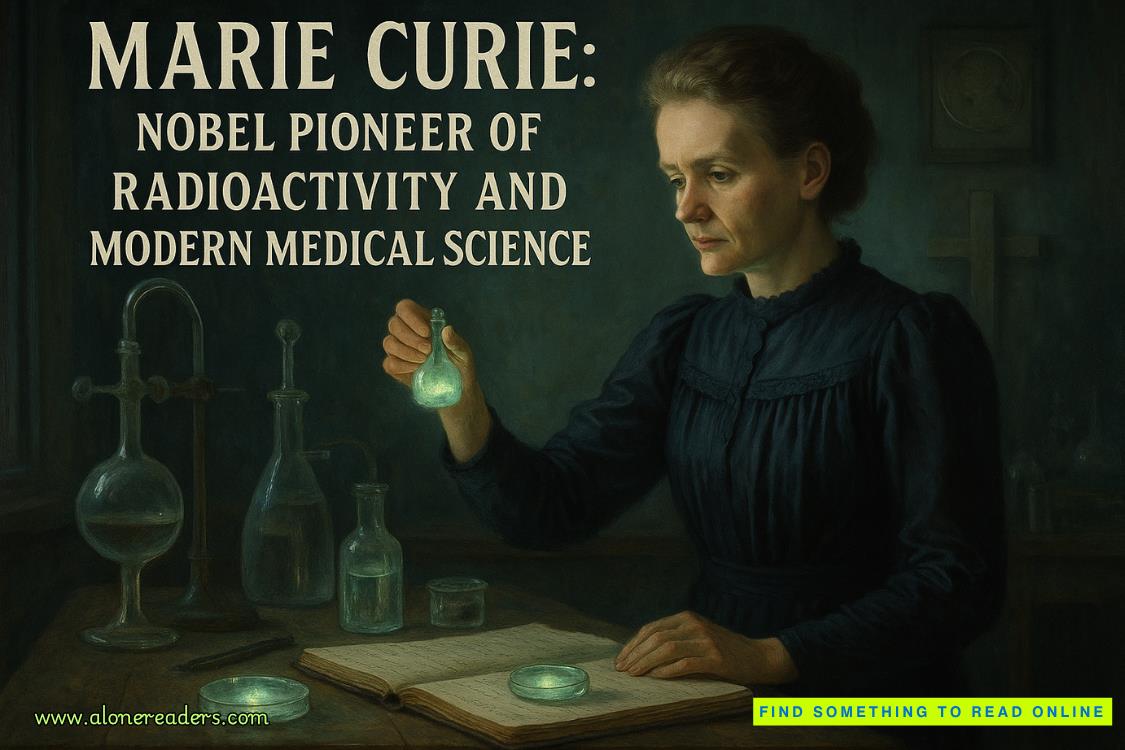Page 102 of UnDivided (Unwind Dystology 4)
She punches him halfheartedly and gives him the warmest of smirks. “You’re not funny.” Then she goes off to prepare for bed.
The accountant lingers at his children’s doorway a moment more, listening to the easy rhythm of their breathing, and something cold moves through him, like the passage of a ghost—but he knows that’s not it. It’s more like the portent of a future. A future that must never come to pass . . .
. . . and for the first time, he gives rise to a thought that is silently echoed in millions of homes that night.
My God . . . what have we done?
Part Six
* * *
The Right Arm of Liberty
3D PRINTING WITH STEM CELLS COULD LEAD TO PRINTABLE ORGANS
A potentially breakthrough 3D-printing process using human stem cells could be the precursor to printing organs from a patient’s own cells.
by Amanda Kooser, February 5, 2013 4:31 PM PST
Some day in the future, when you need a kidney transplant, you may get a 3D-printed organ created just for you. If scientists are able to achieve that milestone, they may look back fondly at a breakthrough printing process pioneered by researchers at Heriot-Watt University in Scotland in collaboration with Roslin Cellab, a stem cell technology company.
The printer creates 3D spheroids using delicate embryonic cell cultures floating in a “bio ink” medium. They end up looking like little bubbles. Each droplet can contain as few as five stem cells. Basically, this comes down to the printer “ink” being stem cells rather than plastic or another material.
Dr. Will Shu is part of the research team working on the project. “In the longer term, we envisage the technology being further developed to create viable 3D organs for medical implantation from a patient’s own cells, eliminating the need for organ donation, immune suppression, and the problem of transplant rejection,” Shu said in a release from Heriot-Watt.
. . . The research results have just been published in Biofabrication under the title “Development of a valve-based cell printer for the formation of human embryonic stem cell spheroid aggregates.”
. . . [i]t’s applications like this that could really turn 3D printing into a world changer.
The full article can be found at: http://news.cnet.com/8301-17938_105-57567789-1/3d-printing-with-stem-cells-could-lead-to-printable-organs/
73 • Lev
There’s a tube down his throat. It pumps air into him, then lets his diaphragm pump it out. His chest rises and falls in a regular rhythm. He’s had this sensation for a while, but this is the first time he’s aware enough to understand what it is. He’s on a ventilator. He shouldn’t be on a ventilator. A martyr to the cause can’t survive, or he’s not a martyr. Did he fail even in that?
He opens his eyes, and although he can only see a fraction of the space he’s in, he knows exactly where he is. He knows because of the shape and design of the room—a large circular space with windows that let in what he suspects is early morning light, because the morning glories in the window boxes are wide to the sun. Around the circular room are multiple alcoves for patients, and the foot of everyone’s bed faces a soothing fountain in the center of the room. He’s in the intensive care unit of the Arápache medical lodge. For Lev, it seems all roads—even the road of death—lead back to the Rez.
He closes his eyes, counting the pulses of the ventilator until he’s asleep again.
The next time he opens his eyes, the morning glories have closed, and the last person he was expecting to see is sitting beside him, reading a book. He watches her, not entirely sure he’s not hallucinating. When she notices he’s awake, she closes her book.
“Good! You’re awake,” says Miracolina Roselli. “That means I can be the first to officially inform you that you’re an idiot.”
Miracolina! The willing tithe he had saved from her own unwinding. The girl he fell for in spite of how much she hated him—or maybe because of how much she hated him. The girl who, in the dark, claustrophobic confines of a Greyhound luggage compartment, offered him absolution for all that he had done. He was afraid to even think of her, for fear that she had been caught and unwound—but here she is!
He tries to talk, forgetting the ventilator. Instead he just coughs, and the machine beeps, registering a burst of erratic breathing.
“Look at you! I don’t even recognize you with all those names tattooed on your face, and that peach-fuzz hair.”
He weakly lifts his hand, putting his thumb and forefinger together in the universal Let me write this down gesture.
She sighs with feigned exasperation, and says “Hold on.” She leaves the unit, and returns with a pad
and pen “As they didn’t shoot you in the head,” Miracolina says, “I assume you still have enough brainpower to write legibly.”
He takes the pen and pad and writes
Why am I alive?















